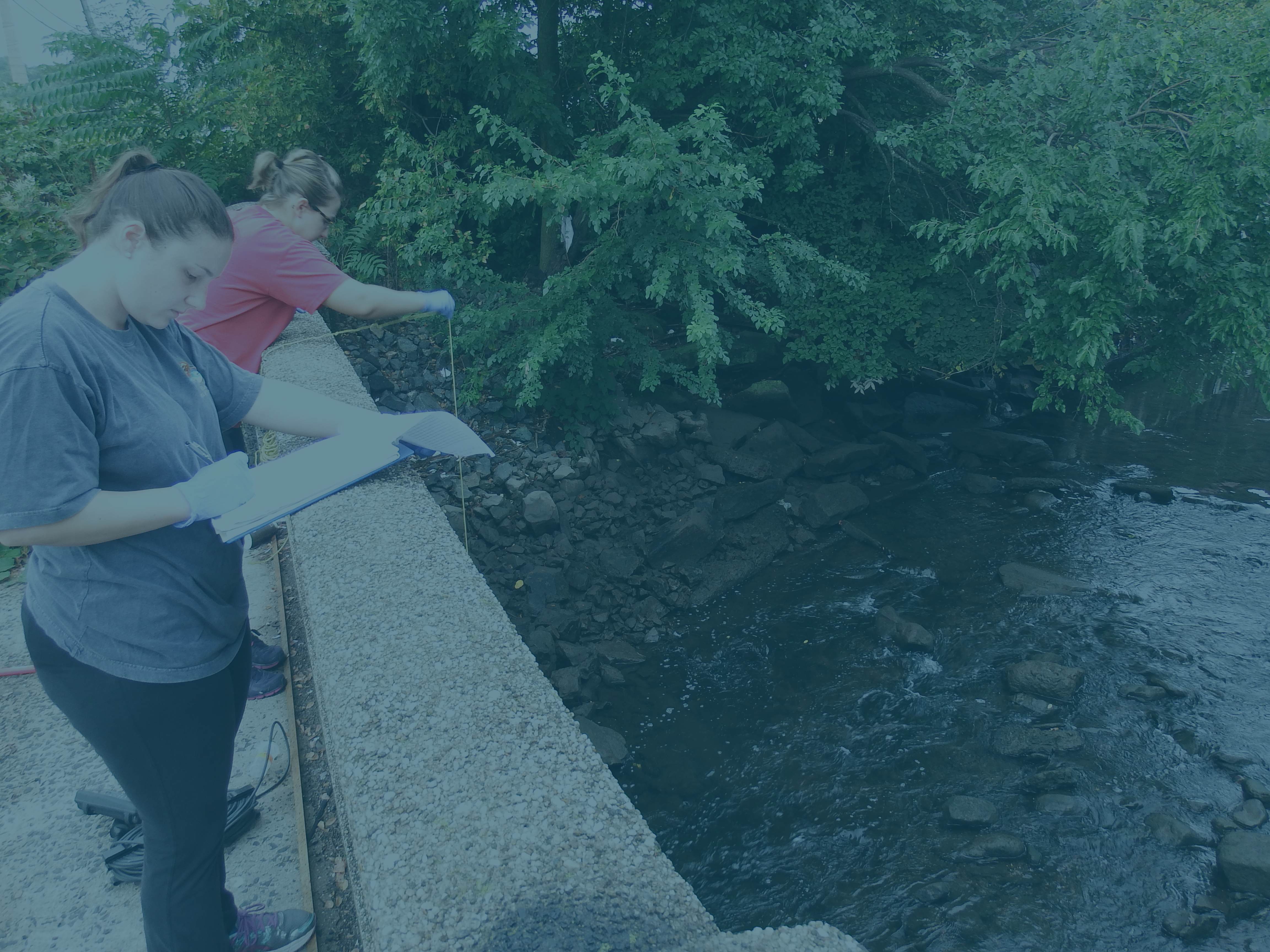
2018 Long Island Sound Hypoxia Season Review
Designated as an estuary of national significance by Congress in 1987, Long Island Sound (LIS) is home to a diverse network of flora and fauna, with over 4 million people living in the Sound’s coastal communities. It is an estuary of recreational, commercial, and socioeconomic value. The Sound is bordered by the states of Connecticut and New York and has a watershed area extending through Massachusetts, New Hampshire, Vermont, Maine and Quebec that encompasses over 16,000 square miles. Nearly nine (9) million people Live within the watershed. Over time, the Sound has been subject to the effects of increased nutrient loading as a result of urbanization and changes in land use (Latimer et al., 2014).
The term "hypoxia" means low dissolved oxygen (DO) concentrations in the water. Marine organisms need oxygen to live, and low concentrations, depending on the duration and the size of the area affected, can have serious consequences for a marine ecosystem. As defined by the Long Island Sound Study, hypoxia exists when DO drops below a concentration of 3 milligrams per liter (mg/L), although ongoing national research suggests that there may be adverse affects to organisms even above this level. Nutrients, especially nitrogen, fuel the growth of microscopic algae called phytoplankton in the Sound. The phytoplankton die and settle to the bottom. Bacteria break down the organic material from the algae for food and fuel while using up oxygen. Seasonal weather patterns, particularly during the summer months, exacerbate the effects of nutrient loading. Calm weather patterns limit the mixing of the water column and replenishment of oxygen to the bottom waters, resulting in a decrease in bottom water DO over the course of the summer. Hypoxic conditions are mainly confined to the western Sound.
In response to the critical need to document summer hypoxic conditions in Long Island Sound, the Connecticut Department of Energy and Environmental Protection (CT DEEP) and the Interstate Environmental Commission (IEC), have monitored dissolved oxygen, as well as other key water quality parameters relevant to hypoxia, since 1991. This report presents a summary of data collected by CT DEEP and IEC during the 2018 hypoxia season.
DOWNLOAD REPORT